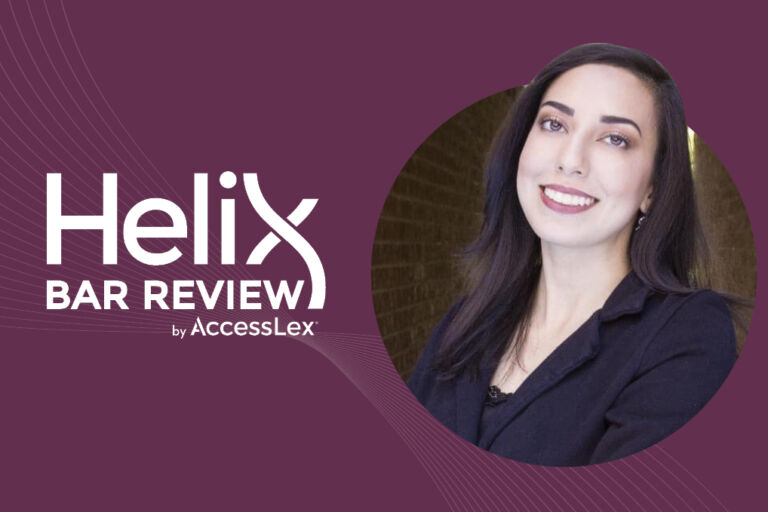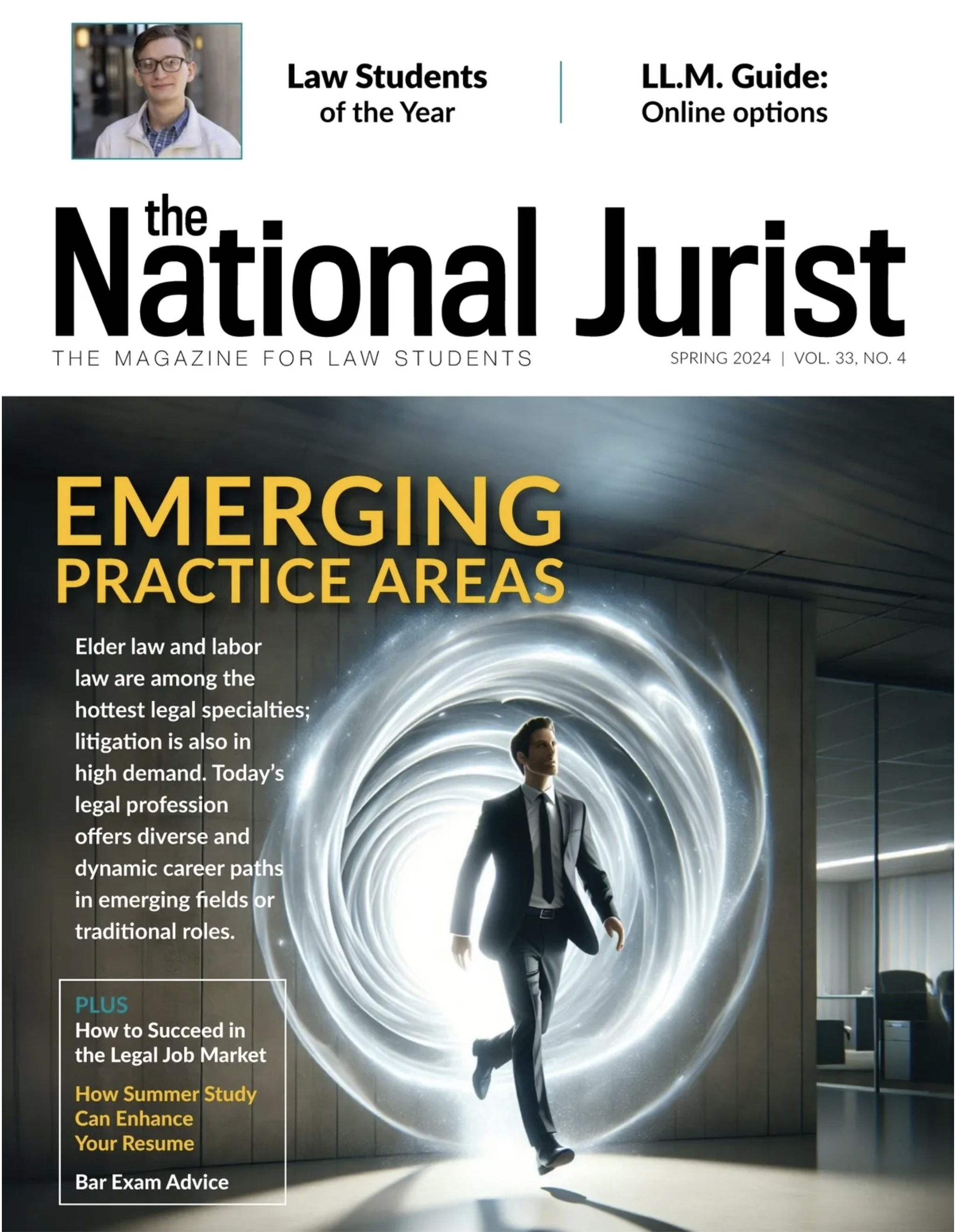By Martin Pritikin
They say hindsight is 20/20. As we look ahead to the year 2020, we can make some educated guesses about the “weather” in store for law schools.
Admissions Outlook: Partly Sunny
The nationwide declines in law school applications have leveled out in the last few years, with a number of schools even seeing increases. This modestly positive trend is likely to continue.
In our polarized political climate, many on both sides of the spectrum have become fired up by the Trump administration’s positions on immigration, abortion, climate change and other hot-button issues. For some, this has meant going to law school to empower them to participate directly in the justice system or the wheels of government.
These trends show no signs of abating, and the so-called “Trump bump” that began in 2017 appears to be more of a ramp than a temporary lift. This sense of political urgency is likely to continue to fuel interest in the legal profession and thus law school, regardless of who wins the presidency in 2020.

But the economy also plays a role. On the one hand, we are experiencing one of the longest periods of economic expansion on record, suggesting that it may be “safer” to enter the legal profession than it was in the immediate wake of the Great Recession.
On the other hand, the rate of growth has been slower than in other expansions, and concerns about trade wars and geopolitical instability threaten future growth and may make pursuing business — a popular alternative for those considering law school — less attractive to some.
Recent increases in bar pass rates also sends a message that law school itself is improving, although they may be the result of schools admitting fewer unqualified applicants in the last few years. Employment rates have also seen slight gains, although again, this may be due largely to the matriculation of fewer students rather than an increase in available jobs. In any event, good news about law school outcomes was lacking for a while, and the appearance of some positive signs suggests an enrollment uptick will follow.
On the whole, expect law school applications nationwide to increase by 3 to 7 percent next year.
Law School Closures: Scattered Showers
The most highly-ranked law schools are seeing some of the biggest rebounds in applications (not surprisingly, given that applications among those with the highest LSAT scores fell by the greatest share from 2010-2016). Some schools whose graduates struggle with bar passage and employment, however, will continue to face an existential threat.
In the last few years, nearly a dozen law schools have closed, lost their accreditation by the American Bar Association (ABA), or been put on probation by the ABA. Whittier Law School was the first to announce it was shuttering its doors in 2017.
The following year, Valparaiso Law in Indiana tried to stave off closure in a failed bid to become part of a public university in Tennessee. Earlier this year, Thomas Jefferson School of Law was stripped of its ABA accreditation. (It is appealing that decision and remains accredited until that’s resolved.) And some multi-campus law schools haven’t closed altogether but shut down one or more campuses (Cooley, Savannah).
The small for-profit law school sector has been hit particularly hard. The three Infilaw schools either closed (Arizona Summit and Charlotte) or were placed on probation and then denied federal financial aid funding (Florida Coastal).
The other for-profit ABA law school, Western State, was almost dragged down by the implosion of its parent Argosy University, although another for-profit, Westcliff University, recently announced plans to acquire it.
Law schools charging the average tuition of $40,000 or more (not counting living expenses) are going to have a hard time convincing prospective students to enroll if they aren’t likely to pass the bar or get a job. And lower-ranked schools tend to have small endowments and be heavily tuition-dependent, making it difficult for some to walk the tightrope of admitting only qualified students while still generating enough revenue to cover their expenses.
This pressure will only increase now that the ABA has tightened up its standards in May to require that at least 75% of a law school’s graduates pass the bar exam within two years of graduation. Data shows that about 10 schools would lose their accreditation under the new standard unless they improve their pass rates. Admitting fewer students will help, but would only exacerbate financial pressures.
Given all this, it is reasonable to expect that between one and three law schools will lose their accreditation, be placed on probation, or announce closure within the coming year.
GRE: Abundant Sunshine
You don’t need to be Nostradamus to foresee that at least a dozen more law schools will adopt the GRE as an alternative admissions test to the LSAT in 2020.
The University of Arizona was the first to do so in 2016, and since then nearly 50 other law schools — almost a quarter of the total — have followed suit, including prestigious schools like Harvard, Yale and Columbia. Despite the LSAC’s recent shift to a fully digital LSAT, the rise of the GRE will continue.
Next year will mark the first year that the bar exam results from the first GRE-admitted law students will become available. But the cohorts from individual schools will likely be too small to read much into the data. And schools will have little incentive to publicize the data if their GRE students didn’t perform well.
The ABA should gather data from the various schools to get a better sense of whether GRE-based admissions is serving its stated purpose of diversifying law school populations or whether it amounts to little more than a cynical ploy by schools to prop up their flagging enrollments.
Online Learning: Sunny But Obscured by Haze
Four law schools have now obtained variances from the ABA’s limits on distance learning to offer hybrid-online J.D. programs. (Southwestern Law School received a variance but did not pursue a hybrid program.) It is reasonable to expect that one or two more schools will announce hybrid programs in 2020.
Unfortunately, while these programs provide added convenience, they do little to address the high cost of law school. The schools all charge nearly as much — if not more — for their hybrid program as their traditional program.
Technology holds the promise to bring down consumer costs in so many other areas, but this does not yet hold true in legal education? Will this finally change in 2020? It’s anyone’s guess…but I wouldn’t bet on it.
Martin Pritikin is the dean of Concord Law School at Purdue University Global (concordlawschool.edu), the nation’s first fully online law school. He can be reached at martin.pritikin@purdueglobal.edu






